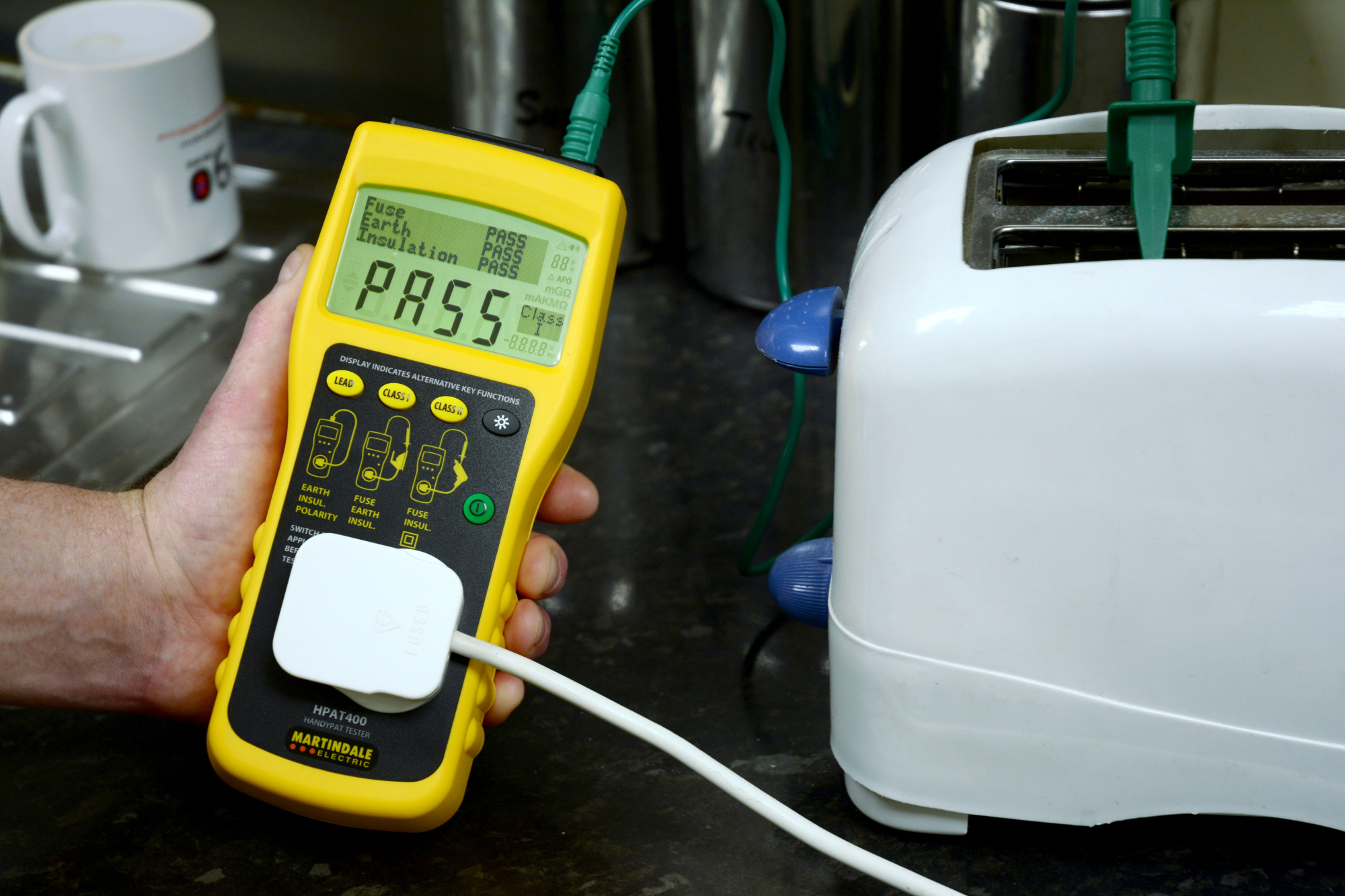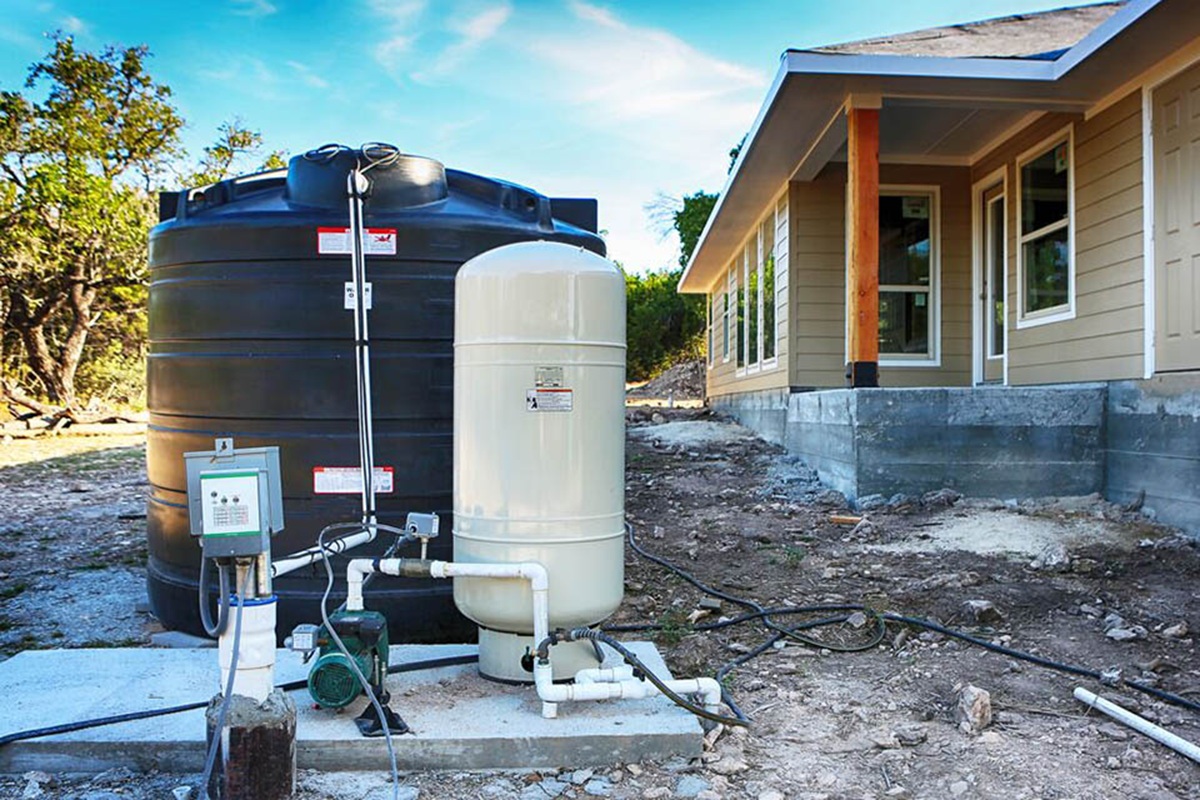What is PAT Testing? A Guide to Portable Appliance Safety

What is PAT Testing? A Guide to Portable Appliance Safety
PAT testing is a systematic process of inspecting and testing portable electrical appliances to ensure they are safe to use. It is widely conducted throughout the UK and other European regions as part of electrical safety. PAT testing helps prevent electric shocks, fire, and other safety hazards caused by damaged wire or a short circuit.
PAT test widnes is only specific to the portable and transportable electric appliances connected to an external power supply.
Stages of PAT Testing
PAT testing is divided into three different stages, each designed to diagnose different types of electrical faults.
Visual Inspection
The first stage of the PAT test is a visual examination of the appliance. This step is essential as many electrical issues are visible and can be diagnosed without using any specialized equipment.
What a Visual Inspection Involves
Appliance Body
It is a thorough examination of the external body of the appliance for dents, cracks, any missing parts, or any exposed internal equipment. All these factors bear a potential safety risk.
Cables
Check the power cables connected to the appliance for any exposed wire, or cuts. Make sure the cable is completely secured from both the appliance and plug ends with no sparking.
Fuse
Ensure the fuse is properly installed and that the rating of the fuse matches the rating required on the appliance. An incorrect fuse can cause a safety risk and an electrical hazard.
Electrical Testing
After the visual inspection, the appliance goes through the second stage of the PAT testing. In this, a series of electrical tests is conducted using specific PAT testing devices. These tests include
Earth Continuity Test
Ensuring the earth wire is properly connected, which is essential for grounding and preventing electric shocks in case the body of the appliance is made of metal.
Insulation Resistance Test
This test checks the insulation between the live conductor and other parts of the appliance, ensuring it is properly installed and sufficient to prevent any current leakage between parts.
Polarity Test
Confirms that the live, neutral, and earth wires are properly positioned within the plug.

Labeling and Documentation
After complete testing, each device is labeled with a pass or fail sticker indicating its status and dates of testing. Three types of labels are used in labeling.
- Green pass label
- Red fail label
- Yellow label
In addition, all the details are recorded and documented. Including results of the tests, types of tests conducted, and corrective measures taken. These records are essential for internal safety review and audit purposes.
Many organizations also issue PAT safety certificates as formal proof of safety compliance.
Equipment and Appliances Involved in PAT Testing
To carry out PAT testing, professionals use specified equipment and tools best suited for the job. The most commonly used equipment is
- PAT Tester: A device that performs various electrical safety tests such as earth continuity, insulation resistance, and current leakage.
- Socket Tester: It is used to check the wiring of power outlets before plugging in appliances.
- Label Printer: For tagging appliances with pass or fail status.
- Test Leads and Adaptors: To connect different types of appliances to the PAT tester.
- Logbook or Software System: For recording test results and generating compliance reports.
Appliances that require PAT testing are typically any device that plugs into a wall power socket. Common examples are
- Office Equipment: Computers, monitors, printers.
- Kitchen Appliances: Microwaves, kettles, toasters.
- Power Tools: Drills, saws, grinders.
- Cleaning Equipment: Vacuum cleaners, floor polishers, and carpet washers.
- Entertainment Devices: Televisions, speakers, projectors, and amplifiers.
Why PAT Testing Matters
The importance of PAT testing cannot be ignored, electrical faults and hazards are the main cause of workplace fires and accidents. PAT testing helps prevent these incidents by fixing the problems timely before they escalate.
For businesses and organizations, PAT testing is a way of protecting their employees, customers, and assets.
In rental property, PAT testing is especially vital. Landlords are bound to provide the tenants with safe and proper appliances. Failure in this matter can result in legal penalties.
Who Should Perform PAT Testing
PAT testing can only be performed by a competent person having the necessary skills and training. He should have proper knowledge of the appliance and experience in performing testing.
In most cases, businesses hire external PAT testing professionals or service providers who specialize in these services and use up-to-date and perfectly calibrated tools and equipment. For example, companies looking for PAT testing Stockport services often rely on trained professionals to ensure compliance and safety.
It is important to note that while anyone can technically perform PAT testing, they must be able to demonstrate proper knowledge and competence. This includes understanding the equipment, appliances, and skills in diagnosing faults in the electrical system.







